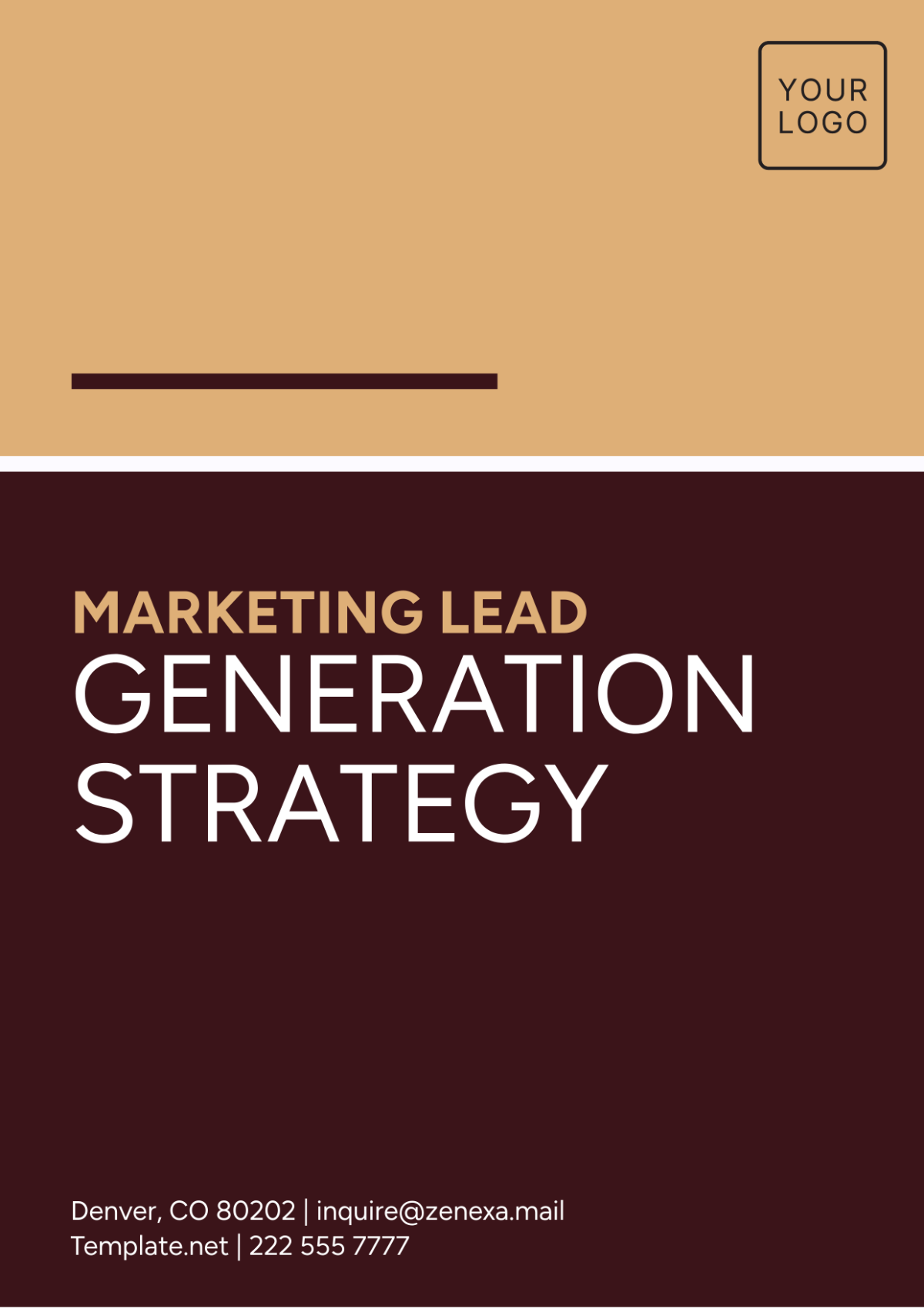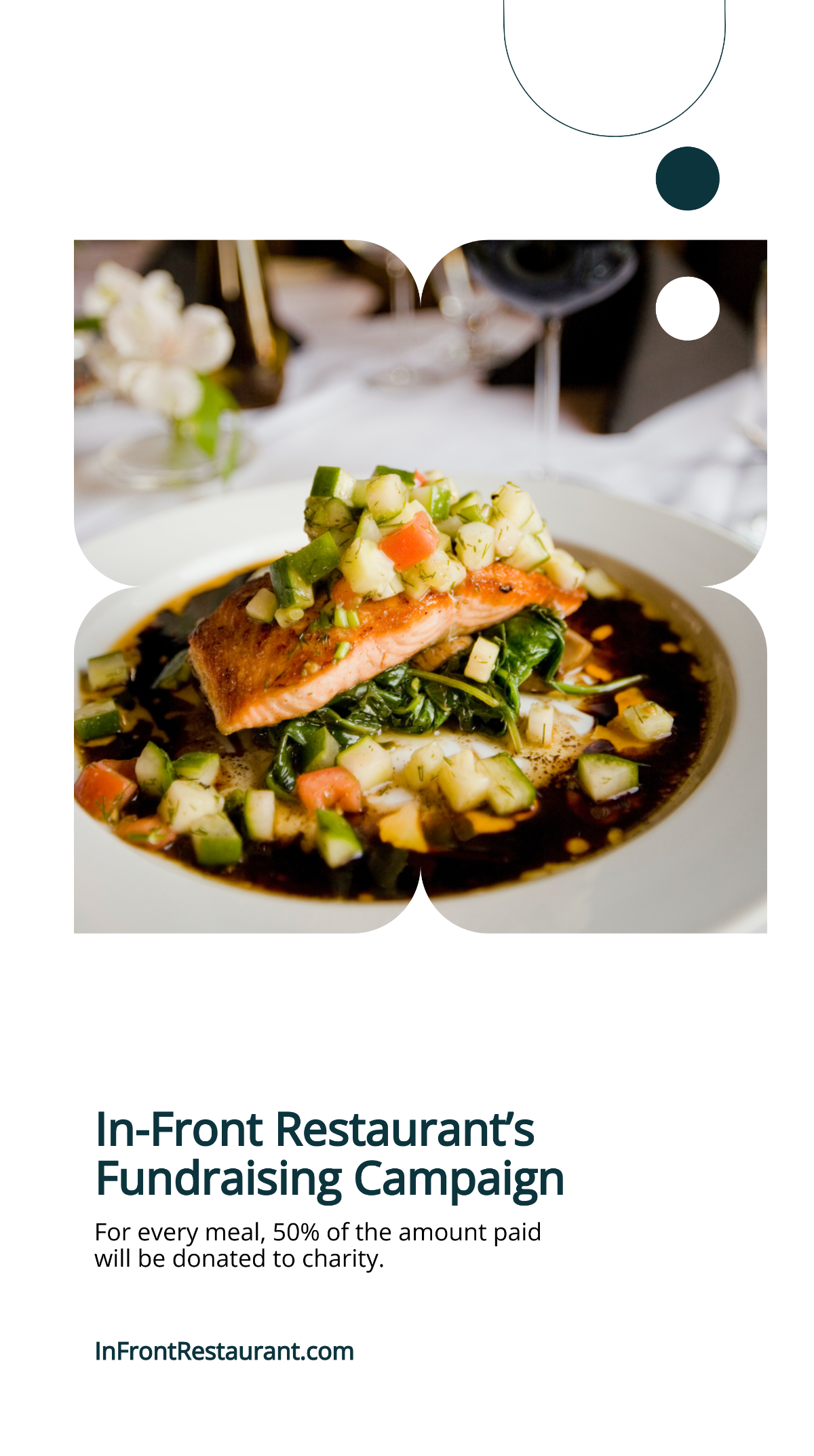Marketing Strategy Guidelines Brief
Prepared by: [YOUR NAME]
Company: [YOUR COMPANY NAME]
I. Introduction
As the Marketing Manager, it is imperative to develop a comprehensive Marketing Strategy Guidelines Brief that will effectively inform the Marketing Team about crucial aspects including target market segments, positioning strategies, messaging guidelines, distribution channels, promotional tactics, and key performance indicators (KPIs) for measuring success.
II. Objectives
Increase brand awareness by 20% among our target audience within the next six months.
Generate a 15% increase in sales leads within the next quarter.
Enhance customer engagement and loyalty, aiming for a 10% increase in repeat purchases over the next year.
III. Target Audience
The primary target audience consists of tech-savvy millennials aged 25-35, employed in urban areas, with a disposable income seeking innovative solutions to streamline their daily lives. They are environmentally conscious, value authenticity, and seek products that align with their lifestyle and values.
IV. Value Proposition
The product offers cutting-edge technology that simplifies everyday tasks while reducing environmental impact. By combining functionality, style, and sustainability, we provide our customers with a unique solution that enhances their lives while contributing to a greener future.
V. Competitive Analysis
Competitor | Strengths | Weaknesses |
|---|---|---|
Competitor A |
|
|
Competitor B |
|
|
Competitor C |
|
|
Competitor D |
|
|
VI. Positioning Strategy
It aims to position the brand as the leader in sustainable technology, emphasizing our commitment to innovation, quality, and environmental stewardship. Through strategic messaging and branding initiatives, it will communicate our unique value proposition to our target audience, establishing an emotional connection that sets us apart from competitors.
VII. Marketing Mix
|
VIII. Market Channels
Marketing efforts will be primarily focused on digital channels, including social media platforms (Instagram, Facebook, Twitter), content marketing (blog posts, videos), email newsletters, and influencer collaborations. Additionally, we will explore partnerships with eco-conscious publications and events to reach our target audience effectively.
IX. Budget and Timeline
A budget of $500,000 has been allocated for the implementation of the marketing strategy over the next twelve months.
The timeline includes:
Research and planning: 1 month
Implementation of marketing campaigns: 6 months
Monitoring and optimization: Ongoing
X. Metrics and Measurement
Key performance indicators (KPIs) for measuring the success of our marketing strategy include brand awareness (social media engagement, website traffic), lead generation (conversion rates, sales inquiries), customer engagement (email open rates, customer feedback), and sales revenue. Regular monitoring and analysis of these metrics will guide our ongoing optimization efforts.

















































